Dead Cleveland: A GM-less Zombie Survival TTRPG
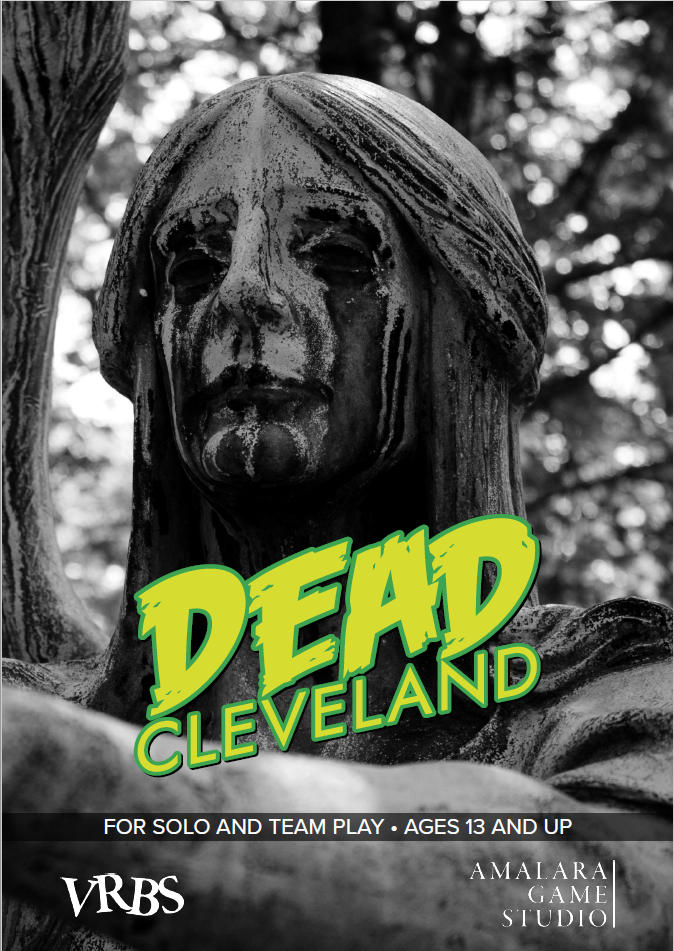
Publisher: Amalara Game Studio
https://carpedavid.itch.io
Made using the VRBS system
The zombie apocalypse starts in Cleveland! Dead Cleveland is a rules-lite, GMless TTRPG about zombie survival and factional warfare amidst the ruins of Cleveland’s downtown district. It’s actually the second game I’ve reviewed using David Garrett’s ultralightweight VRBS system. So, I already knew the game would be fast-paced and flexible. However, a new feature in this game is the multiplayer option. Since my husband loves zombie stuff this was the perfect opportunity to rope him into one of my games. “Baby! It’s a two-player game, and you know more than I do about zombie movies and stuff!” No ulterior motives there I assure you…
Anyway, my husband and I both ended up loving the game. I liked the elegant rules and the flexibility of a more writerly game system. He enjoyed jumping into an episode of The Walking Dead with basically zero prep. The rules are easy to learn, and you only need 1d6 to be able to play. If you have friends who like zombies but don’t know much about tabletop games this would be a great introduction for them. It has become my go-to game for a post-apocalyptic setting without needing to explain a boring rule book.
Setup.
So, I think I’m going to divide this review into two sections. The first part is going to be about the text of the zine. We will go through the book, and I’ll talk about my thoughts on the game, as well as my husband’s reactions. Afterward, I’ll include a section describing the actual gameplay and what our experience at the table was like.
One of the great things about this game is its quick setup. The text of the zine is short and written in an engaging style. Additionally, the only materials that you need to play with are a D6, and some pencils and paper. It only takes about 10 minutes to go from opening the book to playing the game. Instead of reviewing chapter by chapter, I think I can break up the book into three distinct sections. The first part of the book introduces you to the game world. Then you build your character and learn the rules. Finally, the back of the book has an appendix and a bunch of rollable tables.
Learning the Lore
The game starts with a brief introduction, setting the appropriate tone for a survival game. Although we have never been to Cleveland, David’s vivid description of the downtown area made us feel like we were there. He is clearly very familiar with the geography and his love of the city shines through the book. This section also includes a bunch of factions vying for Downtown Cleveland. Each has its own motivations, territory, and NPC leaders. All of them feel believable in the setting. However, they are unique enough that joining one faction over another feels like a meaningful decision. I wanted to Join the Burning City Angles. A band of mad scientists who experiment on man and zombie alike. However, my husband’s love for tactiCOOL equipment and big gay pickup trucks won out and we went with the Edgewater Beacons, a band of LGBTQ survivalists.
Rules and Character Creation
After picking a faction it’s time to fill out a character sheet. Writing a backstory is the most time-consuming part here. He was a gruff bear with a big truck and a background in engineering. I ended up being a wine mom more upset about losing her house in a nice neighborhood than the end of the world (not just self-inserts I swear!) After you have a sense of your backstory, building your character is easy. All you need to do is pick a few verbs that describe what you are good at. Even with a newbie, filling out and understanding your character sheet is quick and easy.
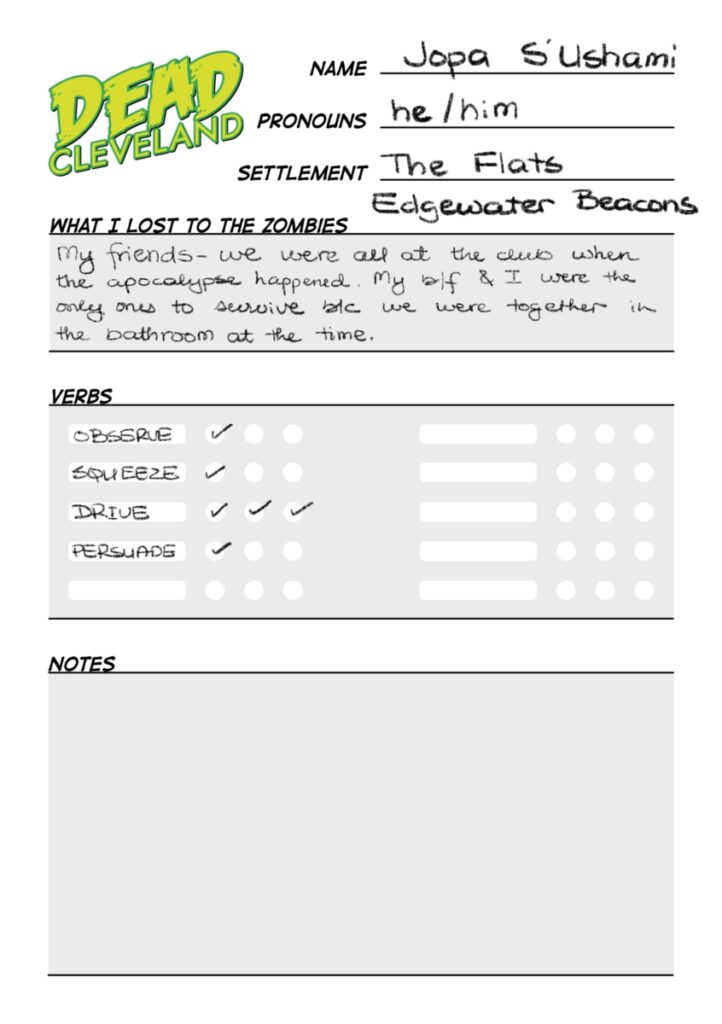
In a clever bit of design, making a character also teaches you the universal resolution mechanic. The writing in this section is hugely efficient. You can have anyone ready to play a VRBS game, complete with rules knowledge and character sheet, in about 90 seconds. I’ve talked a little more in-depth about the mechanics when I reviewed another VRBS game The Greatest of these is love. If you wanted to learn more about the system, you could read that or check out David Garrett’s itch.io page. He has a free System Reference Document that does a great job explaining the rules and the design philosophy.
Random Tables
The third section is where the game actually lives. During play, PC’s will bounce from location to location, negotiating with other survivors, gathering supplies, and avoiding the living dead. All of these encounters are generated by rolling on a bunch of well-designed tables. I’ll be honest, I’ve always been a sucker for random tables. They are the most efficient and useful way to communicate worldbuilding in a TTRPG. They keep the game consistent, are easy to use, and still allow for the unexpected. Dead Cleveland asks for a lot of creative energy from its players. If it didn’t have the structural support of these random events, it would feel less like a zombie survival game and more like writing a short story.
My husband definitely doesn’t share my love for tables and spreadsheets. I don’t think he fully understood what was going on when I started frantically rolling dice and marking out keywords for our encounters, but he did love the gameplay that came out of it. I could see his excitement rising as he imagined his character in each scenario I described. He could hardly wait for me to finish before jumping in with his character and driving the story forward. A good table will ignite the players’ imaginations and keep the game moving. Dead Cleveland succeeds on both counts. Talking about the game with him afterward, Hubby said it felt like playing through an episode of The Walking Dead. That feeling is thanks to the great design of these tables.
Gameplay
Hubby and I both had a blast playing this game. It includes a map of downtown Cleveland which we ended up drawing all over. We kept notes and marked our route on it as we went. The whole thing was a huge mess by the end of the game. Filled with descriptions of NPCs we made up and little comments from our characters. New factions, and rivalries, and side stories developed organically and were scribbled in the margins. The fun of the game existed almost entirely in our notes and descriptions and not in anything written inside the book. I think this is both the game’s strength and its weakness. In order to enjoy yourself, you have to be good at making your own drama.
When we played, we made an effort to keep everything feeling gritty. Zombie attacks always felt deadly and claustrophobic even though we could have written our own escape at any time. Finding supplies always felt like a godsend, even though they never had any mechanical benefit. Because of the flexibility of the rules, I think it would be impossible to provide a universally applicable description of what gameplay is going to look like. More than most games, your personality and creative style are going to affect what the end product looks like. I do recommend playing with another person. it’s a lot easier to imagine and describe your character’s journey if you have someone to bounce ideas around with.
Our Personal Game
So my original idea was to do the whole gameplay section as a narrative. Because we took a writers’ room approach to the game, it felt natural to describe the story we came up with instead of telling you what that process felt like. However, our characters and experiences were interesting enough that they deserve a separate short story. If I ever end up writing that, I’ll be sure to put a link here so you can see how our personal game went.
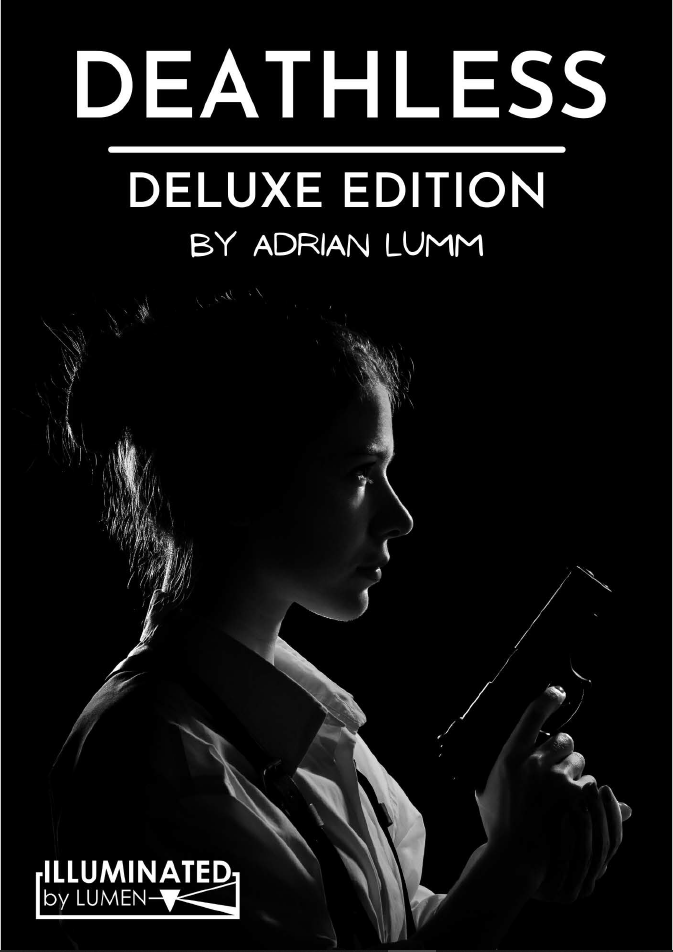
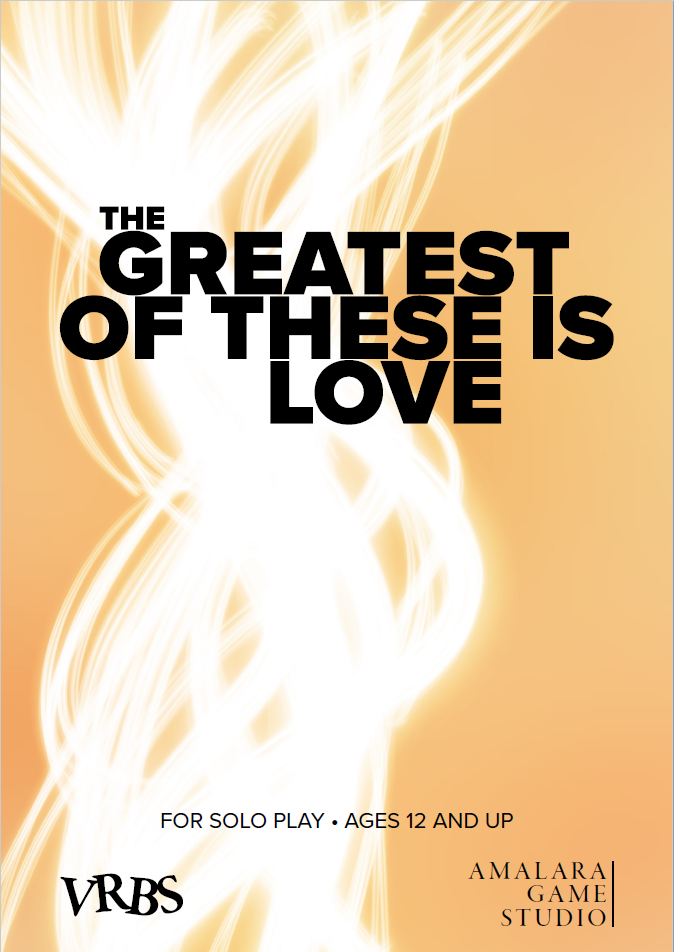
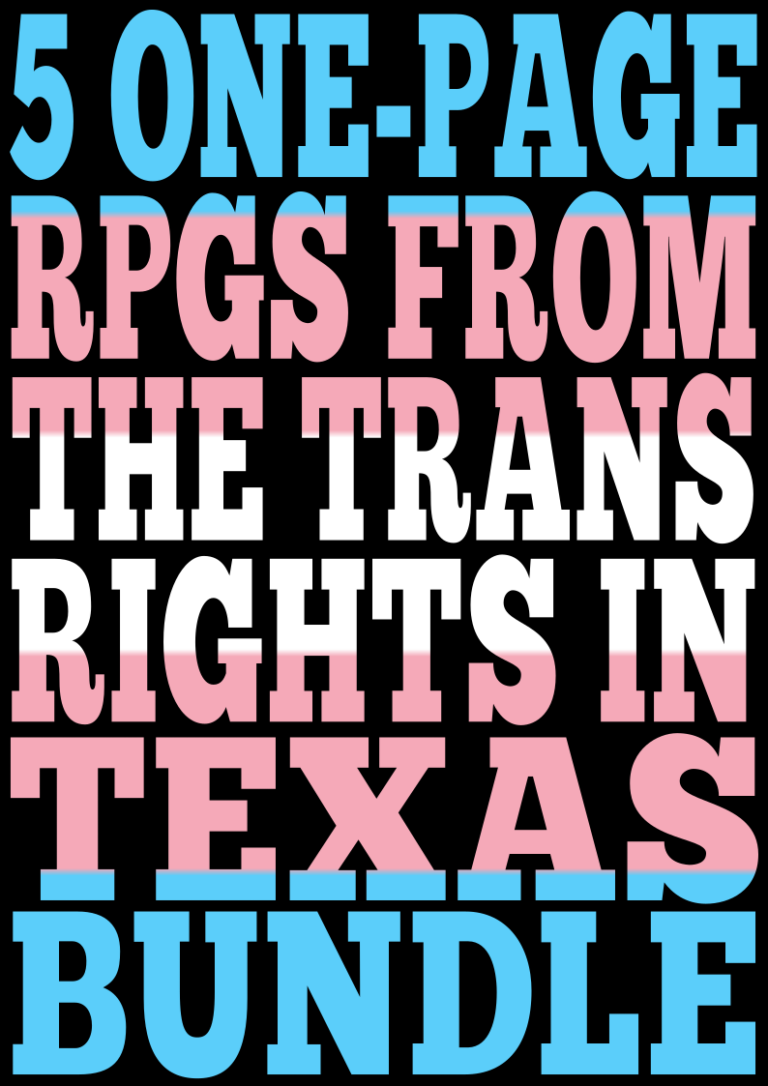

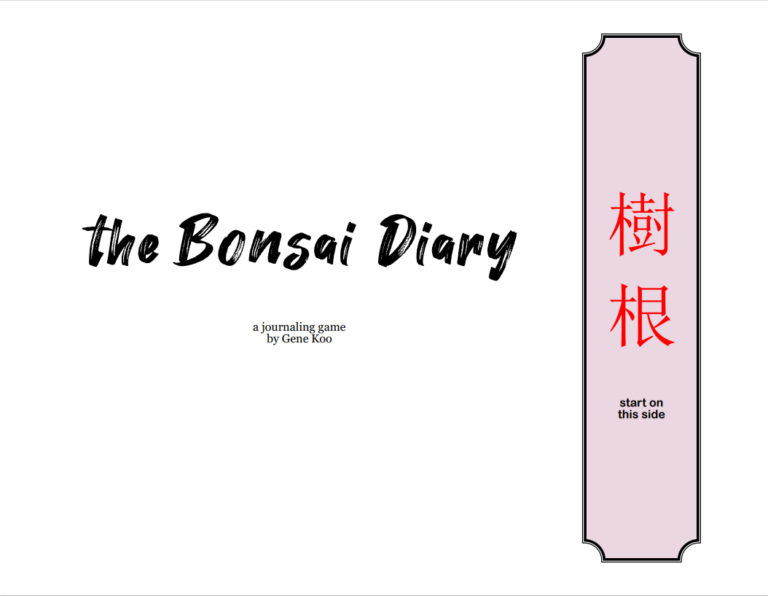
This game is so much fun! Thank you for reviewing it 😸
I’m glad you enjoyed the game! If you want more recommendations I have plans to review more games like this shortly 🙂